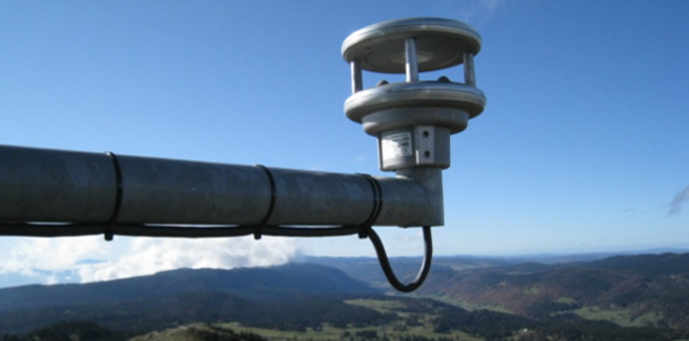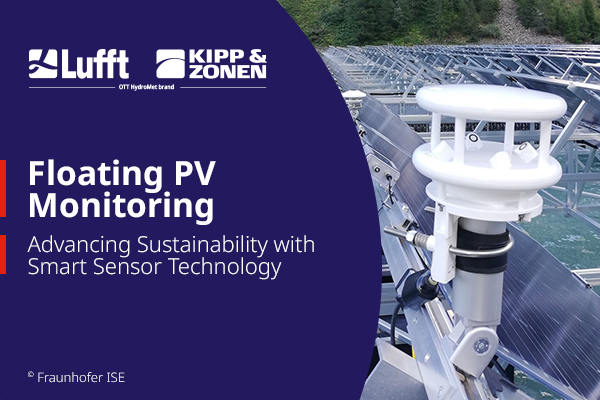Actual events show that the ultrasonic wind sensor VENTUS from Lufft is on the road to success. Our colleague from Lufft USA Ann Pattison summed up all recent success stories and explains what features the VENTUS-UMB…

The Lufft Ultrasonic Anemometer VENTUS-UMB successfully completed the test at the International Technical Inspection Agency TUEV SUED and now has the Protection Class IP68. This confirms officially that the sensor is one of a few Ultrasonic Anemometers, protected from infiltration of dust as well as from extended submersion in water. It shows again, that it is perfectly suited for installations on offshore wind turbines as well as on ships or buoys. The sensors are tested and certified by Lufft in order to provide accurate data in the harshest conditions of vibration, dust, ice and now extremely wet and corrosive offshore environments as well. The Lufft VENTUS is designed for harsh conditions including operation on wind turbines in cold weather and offshore environments.
Therefore VENTUS-UMB can be integrated into any existing wind turbine control system given its extreme flexibility of communication. In a recent tender, Lufft was named the winner for the renewal and extension of ultrasonic wind sensors in the maritime monitoring network of the German Weather Service “DWD“, the ultrasonic wind sensor from the Fellbach-based manufacturer of environmental measuring equipment won against all competitive products. The weather service made the decision with the aid of a large number of very strict exclusion criteria. Only a few companies in the world are able to meet these criteria with their products and were therefore short-listed for the call for bids. Among other requirements for offshore use, the ultrasonic anemometers had to be very robust and have a closed system.
“Since the sensors will be used exclusively in the maritime sector, they must be particularly well protected against extreme weather conditions and bird attacks. The Ventus ultrasonic wind sensor consists of a seawater-resistant aluminum alloy, which is also used on ship propellers. The sensor therefore withstands the corrosive conditions without any problem. In addition, thanks to its enclosed design, the sensor has already proved itself many times over with regard to bird attacks, whereas each year a large proportion of the open measuring systems from other manufacturers fail for this reason and give rise to correspondingly high repair costs. Therefore, in its tender specifications the DWD demanded a closed system”, says Udo Kronmüller, sales representative for the wind and weather segment. Technical problems caused by animals such as bird attacks are very common in environmental equipment. Therefore, our German colleagues decided on a closed system for measuring wind speed and wind direction at an early stage. This makes it almost impossible for birds to damage the sensor.
Since the advantages of this design inevitably lead to the impairment of measurement uncertainty, detailed minimum standards were required for wind speed and wind direction. In order to test these and other requirements, specific tests were conducted in the DWD wind tunnel.
Further information on the VENTUS product page and on NACleanEnergy.com.



